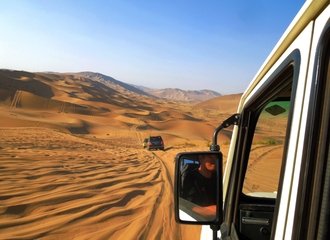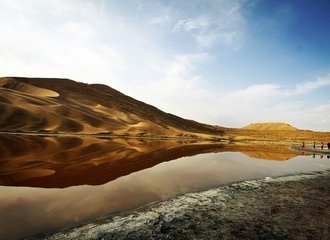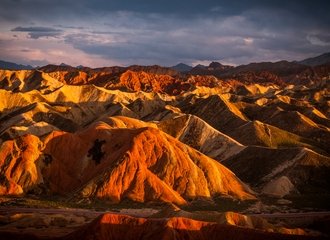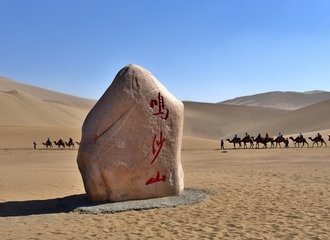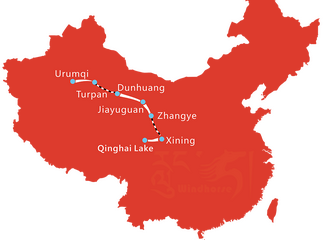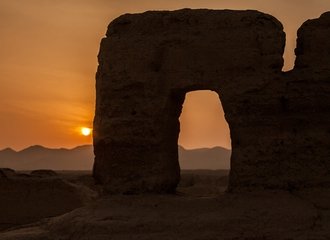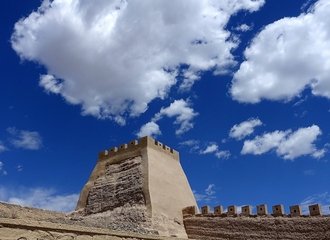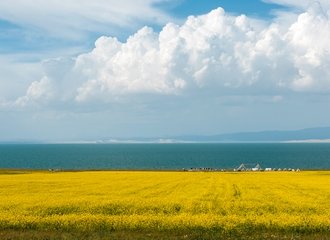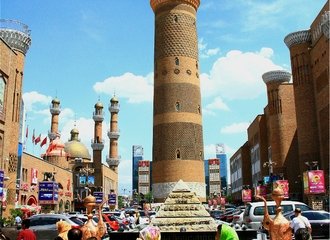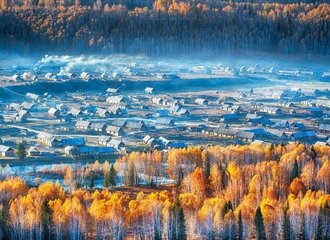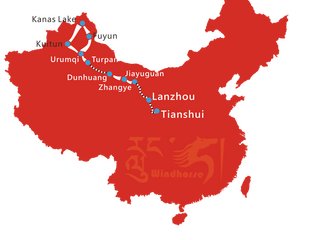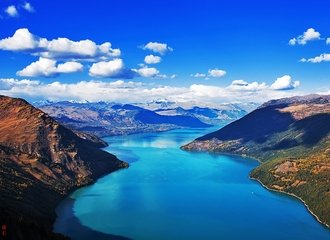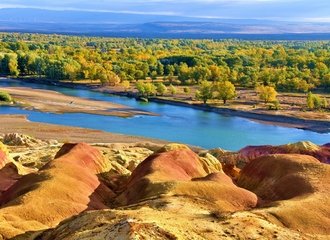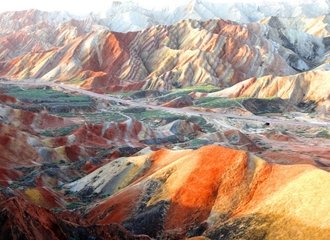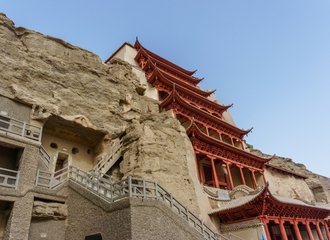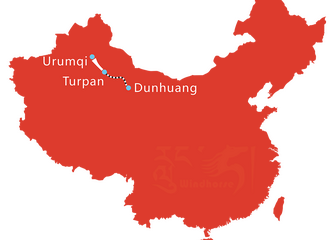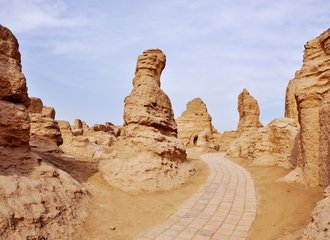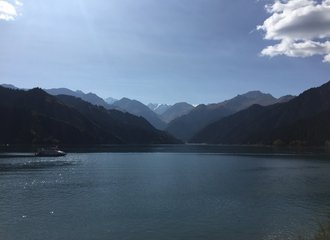How to avoid high-altitude sickness in Tibet
When planning a trip to Tibet, one of the primary concerns for travelers is high-altitude sickness. Known as 'the roof of the world', Tibet is situated on the world's highest plateau, with an average elevation of approximately 4,500 meters (14,764 feet). The elevation in Lhasa, the capital city, is around 3,650 meters (12,000 feet), while the Mount Everest Base Camp sits at about 5,200 meters (17,060 feet). This significant elevation can pose a risk for altitude sickness, especially for those not accustomed to high-altitude environments.
Table of Contents
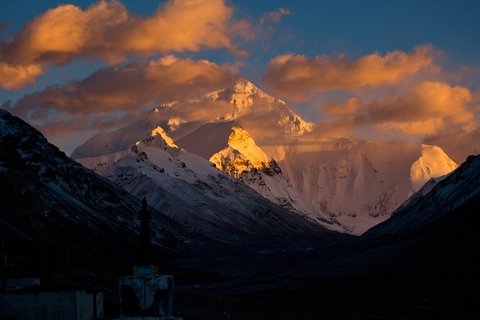
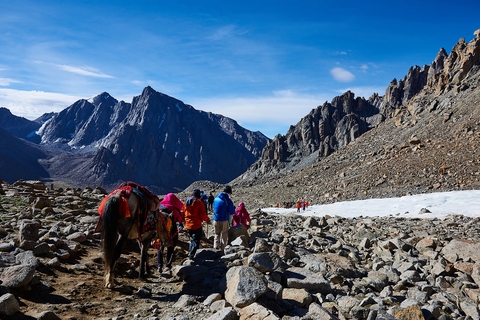

Symptoms of acute altitude sickness
Acute altitude sickness is a common concern when traveling to high-altitude areas like Tibet. As altitude increases, air pressure decreases, and oxygen becomes thinner, which can lead to altitude sickness, especially if you ascend rapidly from a lower altitude. Here are the symptoms of acute mountain sickness, categorized from mild to severe:
Symptoms of mild altitude sickness include:
These symptoms typically occur 4-24 hours after reaching altitudes higher than 2,500 meters (8,000 feet) rapidly. They are most pronounced during the first one or two days but usually subside after 2-4 days of proper acclimatization at a moderate altitude. In WindhorseTour itineraries to Tibet, we often include a 3-day acclimatization period in Lhasa to help clients adapt slowly to the high altitude.
If symptoms persist or intensify, despite over-the-counter medications, you may be experiencing moderate altitude sickness. It's crucial to seek medical advice in such cases.
Symptoms of moderate altitude sickness:
- Severe headache
- Severe nausea/vomiting/diarrhea
- Shortness of breath while resting
- Elevated blood pressure
- Chest tightness
- Trouble walking
If a client experiences moderate altitude sickness during their Tibet tour, our guide will assist them in visiting a nearby clinic or hospital. We also advise clients to halt further travel to focus on treatment and recovery.
In the event of severe altitude sickness, immediate return to a lower altitude and urgent medical attention are necessary. The symptoms of severe altitude sickness include the following, though it's important to note that such severe cases are extremely rare.

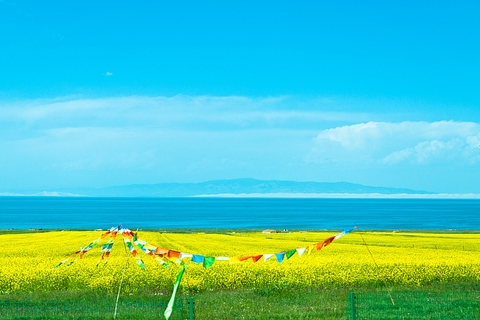
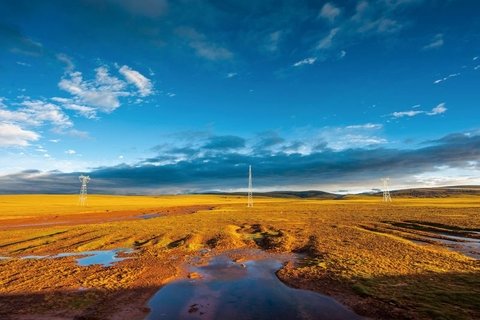
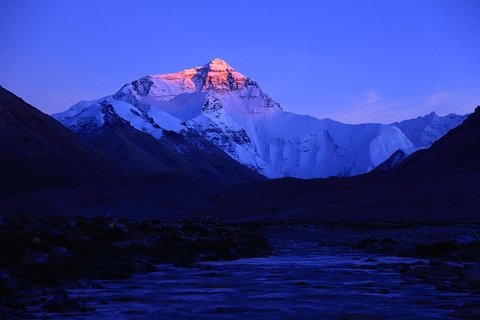
Based on our extensive experience of over 18 years in organizing and conducting tours in Tibet for both individual and group travelers, we are pleased to share some practical travel tips on how to prevent high altitude sickness. These tips cover what you can prepare for both before and during your tour.
Travel tips at the stage of planning your Tibet tour
1. Consult your doctor and have a physical examination
- Before planning your trip to Tibet, it's crucial to consult your doctor and possibly undergo a physical examination to assess your fitness for high altitudes.
- Individuals with heart, lung, brain, liver, kidney disease, mental illness, severe anemia, or hypertension are more susceptible to high altitude sickness and should consider avoiding travel to Tibet.
2. Plan a reasonable itinerary following the gradually ascending rule
- The most effective way to prevent high altitude sickness is to follow the gradual ascent rule. Gradually ascending allows your body time to acclimatize to new altitudes, reducing the risk of altitude sickness. It's important to review your travel plan with your Tibet travel agency to ensure it adheres to this rule.
- When traveling to altitudes above 2,500-3,000 meters, it is advisable to:
- For a trip to Tibet, ideally, spend 1 or 2 days at an altitude of 2,000 - 2,700 meters (6,562 – 8,858 feet) before heading to Lhasa. Xining, located in Qinghai province at an elevation of 2,261 meters (7,418 feet), is an excellent place for initial acclimatization. It is also the starting point of the Qinghai-Tibet railway, offering a 21-hour train journey to Lhasa where you can enjoy views of the wild and pristine Kekexili (Hoh Xil) landscape. If you travel from Xining to Tibet, We would suggest:
-
- First, spend a couple of days in Xining. Here, you might tour Qinghai Lake, enjoying the diverse scenery of grasslands, lakes, and snow-capped mountains, or visit Kumbum Monastery for a half-day excursion to gain insight into Tibetan culture.
- We highly recommend booking a soft sleeper train ticket for a more comfortable journey to Lhasa.
- Upon arrival in Lhasa, spend another 2-3 days for further acclimatization. For more ideas, consider reviewing our 9 days Qinghai Tibet train tour.
-

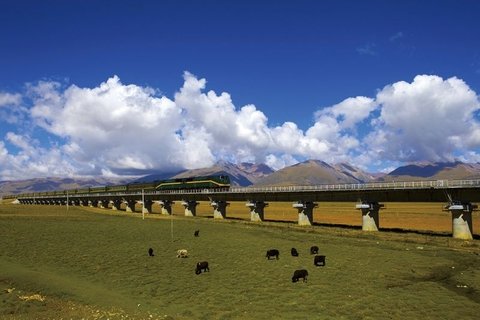
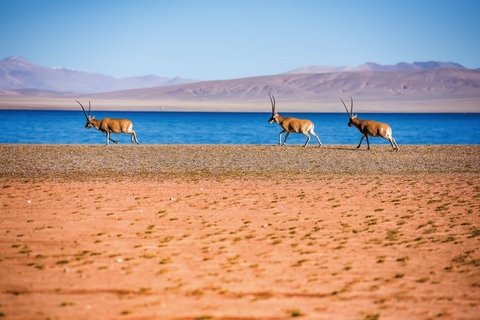
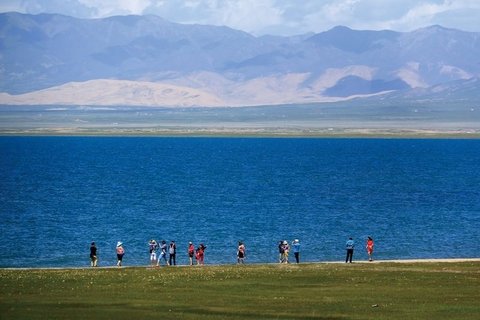
Once your Tibet tour is booked, the next step is to prepare adequately before the tour begins. Follow the tips below for effective preparation to prevent altitude sickness prior to your trip.
Travel tips prior your Tibet tour departure
1. Engage in Adaptive Exercises
- Before entering Tibet, it is advisable to engage in physical adaptive exercises. Avoid sudden and excessive exercise, which can cause physical damage and increase the risk of altitude sickness. Periodic aerobic exercises can help you adapt to the hypoxic environment in higher altitude areas. Engage in activities such as jogging, cycling, swimming, and other low-intensity, rhythmic, long-lasting sports at least a month in advance. Exercise for at least 40 minutes each time, four times a week, to effectively enhance and improve cardiopulmonary function, regulate physical and mental conditions, and acclimatize to high-altitude environments.
2. Supplement with Vitamins and Drink Brown Sugar Water
- Start drinking a glass of brown sugar water daily and supplementing with vitamins about 15 days before your Tibet tour. This can help you adapt quicker to the high altitude upon arriving in Tibet.
3. Take High Altitude Sickness Medicine - Diamox is Recommended
- Medication can assist in preventing altitude sickness, although it may not be effective for everyone. Mild symptoms of altitude sickness can be treated with appropriate medication. Before your tour begins, consider taking medicine as per your doctor's advice. Diamox and Hongjingtian (Rhodiola Eoccinea) are commonly used to prevent and alleviate symptoms of altitude sickness.
- It's also recommended to carry a well-stocked first-aid kit for your Tibet tour, especially if you're going on a trekking tour. Ensure your kit includes comprehensive supplies such as:
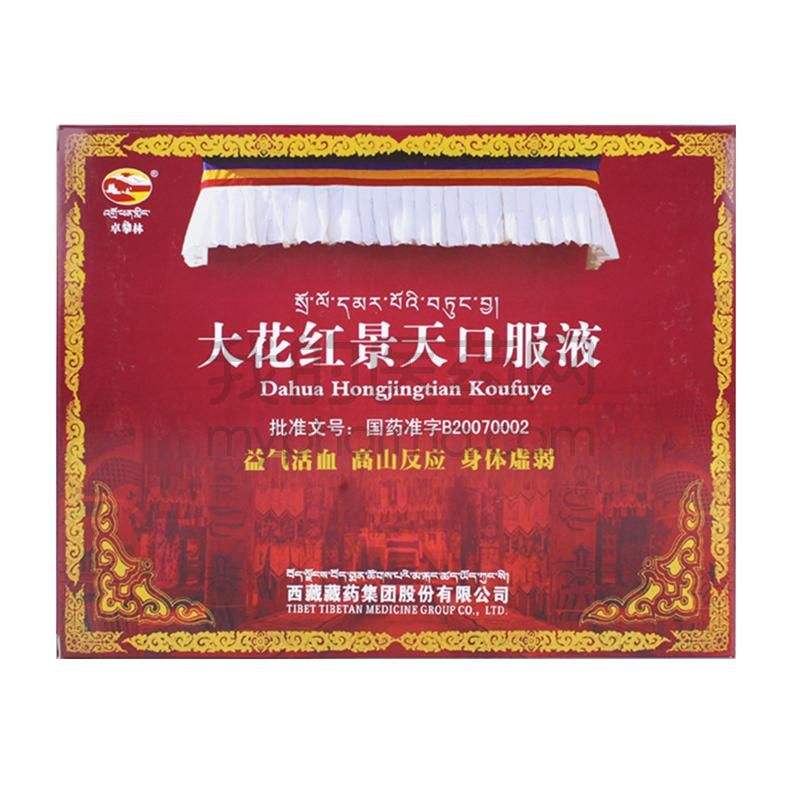
4. Stay Positive and Optimistic
- Maintaining both physical and psychological health is essential. Whether before or during your trip, keep an optimistic and positive attitude. Imagine that you are in a lower altitude environment rather than a higher one. Avoid being overly nervous and try to enjoy the beautiful scenery while traveling in Tibet. This mindset can help you adapt to the altitude environment more quickly.
5. Stay Healthy and Pack Appropriately
- Avoid catching a cold, as it can lead to respiratory tract infections and potentially induce acute altitude sickness. To prevent this, make sure to pack appropriate clothing based on the local weather in Tibet. Proper attire can help protect you from colds and other related health issues.
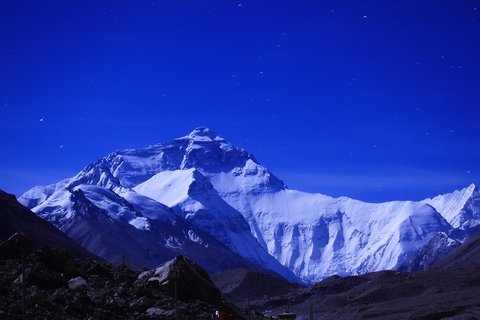
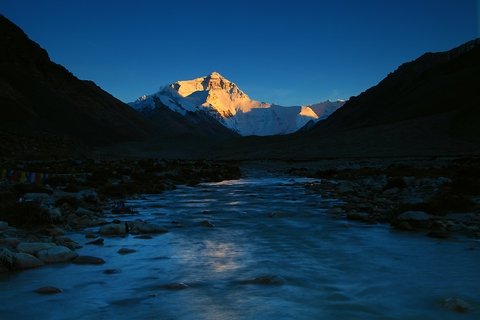
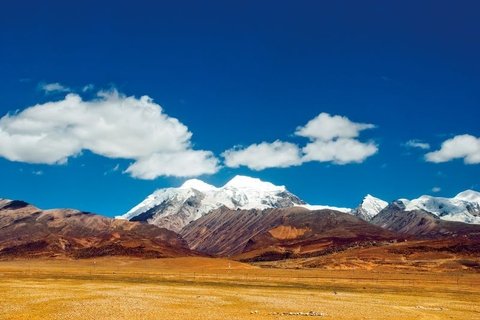
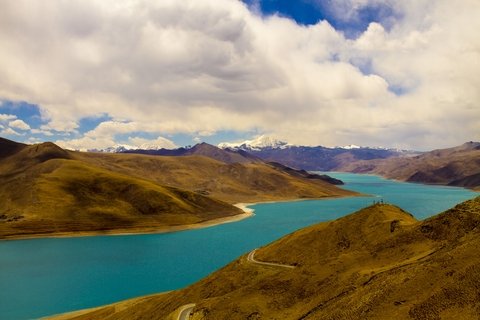
It's time to embark on your Tibet adventure! We have also prepared additional travel tips to help you avoid high altitude sickness during your trip.
Travel tips while during the trip
1. Truly rest for the first 2-3 days
- We highly recommend that you rest completely on your first day in Lhasa. Avoid any strenuous exercise for the following 2-3 days. Typically, in our WindhorseTour itineraries, we plan the first 3 days in Lhasa with mild travel activities to facilitate adaptation to the high altitude.
2. Stay Hydrated and Eat Sensibly
- It's crucial to drink plenty of water or fresh fruit juice, consuming no less than 4 liters per day. Staying hydrated plays a vital role in preventing altitude sickness. While in Tibet, consider trying butter tea or sweet tea at local tea houses, as these can help alleviate some symptoms of altitude sickness.
- Focus on eating light, easily digestible foods, especially those high in carbohydrates. Avoid particularly spicy and irritating foods.
- Consuming alcohol can accelerate your heartbeat and breathing rate, leading to severe hypoxia and exacerbating altitude sickness.
- Additionally, the carbon monoxide in cigarettes readily combines with hemoglobin. Excessive smoking can significantly increase the risk of altitude sickness.
- The mantra 'Climb High, Sleep Low' is widely recognized among climbers. Altitude sickness often worsens at night during sleep, as the body experiences more oxygen deprivation at high altitudes than during daytime activities. Therefore, if you ascend more than 1,000 feet (305 meters) in a day, it's advisable to return to a lower altitude for sleeping.
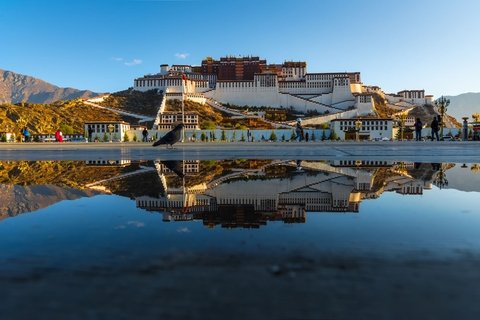
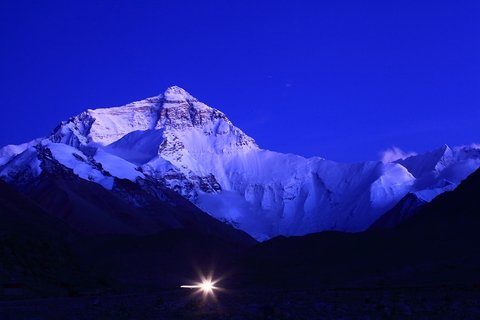
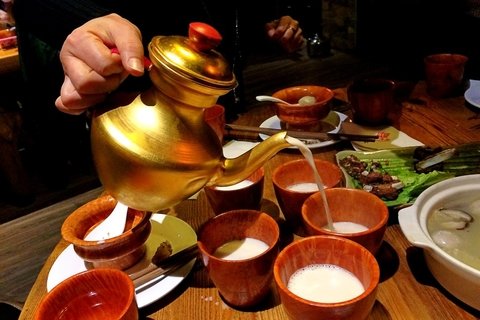
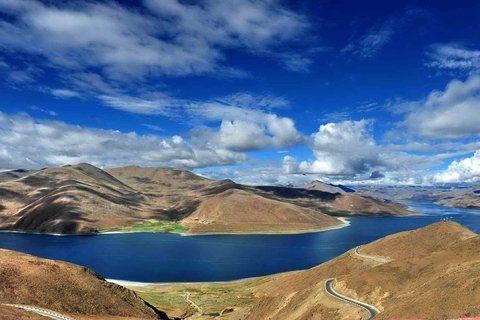
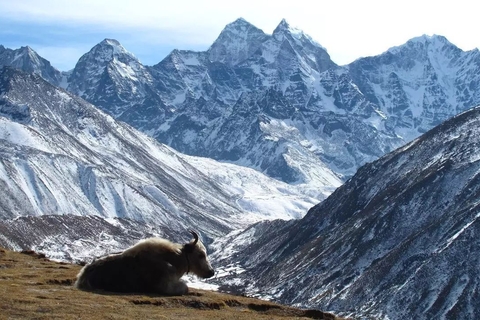
We hope that by following our travel tips to prevent high altitude sickness, you will have a smooth and enjoyable journey in Tibet. However, if you encounter any issues or if things don't go as planned, then...
What to do when you have altitude sickness when you are in Tibet?
-
Communicate Your Symptoms to Your Guide Share your symptoms with your guide, who can offer suggestions based on your specific condition. This may include visiting a pharmacy or clinic or using oxygen bottles.
-
Seek Medical Attention for Moderate Symptoms If you exhibit moderate symptoms of altitude sickness, your guide will assist you in visiting a local clinic or hospital for comprehensive treatment. You may be advised to halt or delay your travel schedule until the symptoms lessen or disappear.
-
Use Oxygen If Necessary Don't hesitate to ask for oxygen if you feel it's needed.
-
Move to a Lower Altitude for Severe Symptoms If you experience severe symptoms of altitude sickness, it's crucial to move to a lower altitude and seek medical attention immediately.
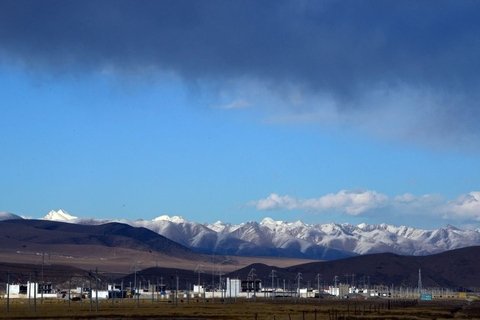

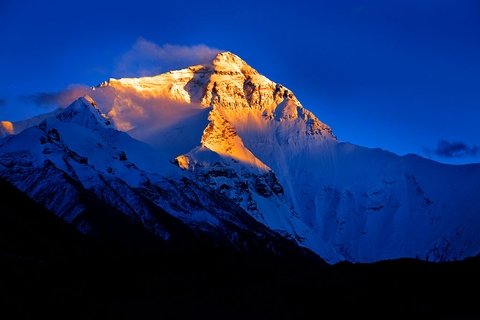
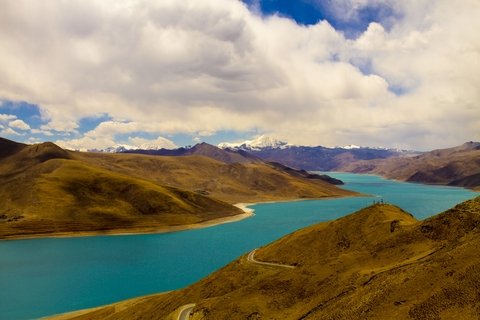
In conclusion, predicting whether you will suffer from altitude sickness in Tibet is challenging, as individuals react differently. The most effective prevention method is to ascend slowly and gradually, and to follow the aforementioned tips for proper preparation.
Additionally, visitors with a history of heart, lung, or other organ problems, high blood pressure, or anemia should consult their doctor before deciding to travel to Tibet.

